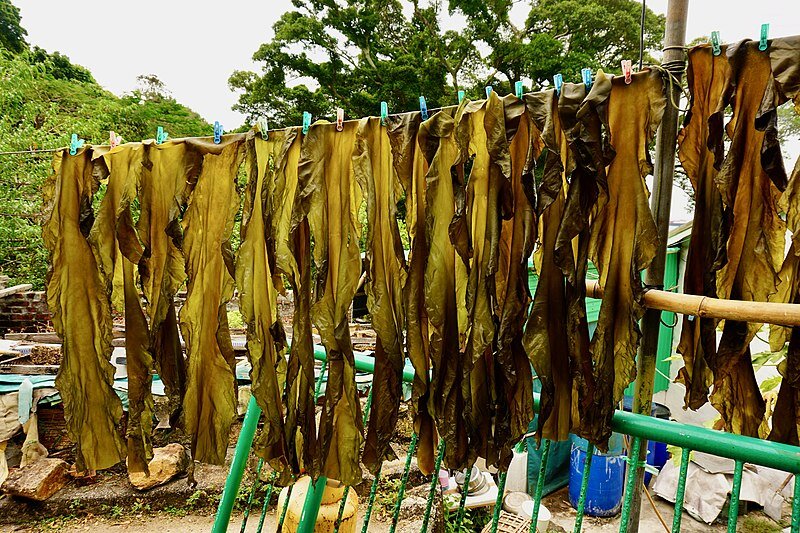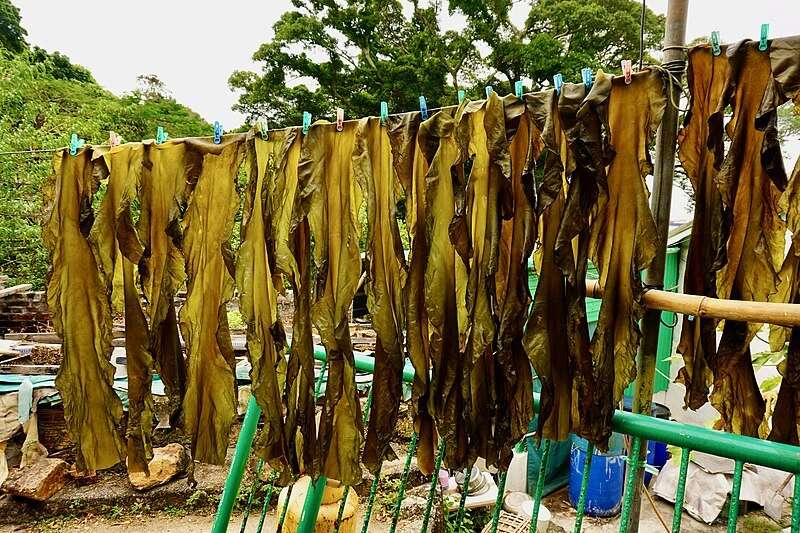

Scavenger receptors (SRs) have been shown to participate in regulating the immune response of macrophages. Fucoidans from kelp have good immunomodulatory activity; however, the roles of SRs in the immunomodulatory activity of fucoidan from Saccharina japonica are not clear.
Recently, a research team led by Prof. Zhang Quanbin from the Institute of Oceanology of the Chinese Academy of Sciences (IOCAS) performed a comparative study of the immunomodulatory activities of six different fucoidans from Saccharina japonica and explored their association with class A SRs (SR-A).
The study was published in the International Journal of Biological Macromolecules on June 16.
The researchers prepared six different fucoidans with different molecular weights and chemical compositions by degradation and separation from Saccharina japonica, which were named 0.5 M FPS, 1 M FPS, 2 M FPS, 0.5 M DFPS, 1 M DFPS and 2 M FPS, respectively.
Results showed that different fucoidans displayed different stimulation of macrophages to secrete nitric oxide (NO), Interleukin 6 (IL-6), Interleukin 1β (IL-1β), tumor necrosis factor α (TNF-α), and the related genes. In particular, 0.5 M DFPS could significantly stimulate macrophages and up-regulate the expression of IL-6.
Activation of macrophages is dependent on the involvement of surface pattern recognition receptors. Toll like receptor 4 (TLR4) is involved in the immunomodulatory activity of fucoidan as previously reported, and flow cytometric analysis in this study indicated that TLR4 was up-regulated as expected after treatment with all the fucoidans.
However, the expressions of different SRs in macrophages treated by different fucoidans were very different. Furthermore, only 0.5 M DFPS and 1 M DFPS were confirmed to be ligands of SR-A through the competitive binding assay. In addition, the expressions of SRs treated by other fucoidans were upregulated not because they were ligands of SR-A.
The function of SR-A in macrophages requires the participation of ligands. Fucoidans obtained from kelp are structurally different, and their structural characteristics as ligands may also be different. “Our results showed that two fractions with low molecular weight and heterogeneity might be able to bind to SRs and promote their expressions better,” said Cui Meiyu, first author of the study.
“This study is significant for a better understand the immunomodulatory effects of fucoidans of different structures from the perspective of ligands of scavenger receptors on macrophages, thereby promoting the development of related immunotherapy drugs,” said Dr. Geng Lihua, corresponding author of the study.
Severe flu risk as immune cells swap with age
Meiyu Cui et al, Comparative study of the immunomodulatory effects of different fucoidans from Saccharina japonica mediated by scavenger receptors on RAW 264.7 macrophages, International Journal of Biological Macromolecules (2022). DOI: 10.1016/j.ijbiomac.2022.06.111
Chinese Academy of Sciences
Citation:
Study provides new insights into immunomodulatory effects of fucoidans from Saccharina japonica (2022, July 8)
retrieved 8 July 2022
from https://phys.org/news/2022-07-insights-immunomodulatory-effects-fucoidans-saccharina.html
This document is subject to copyright. Apart from any fair dealing for the purpose of private study or research, no
part may be reproduced without the written permission. The content is provided for information purposes only.